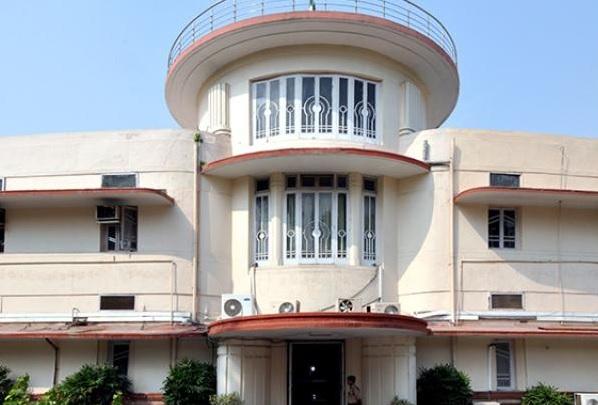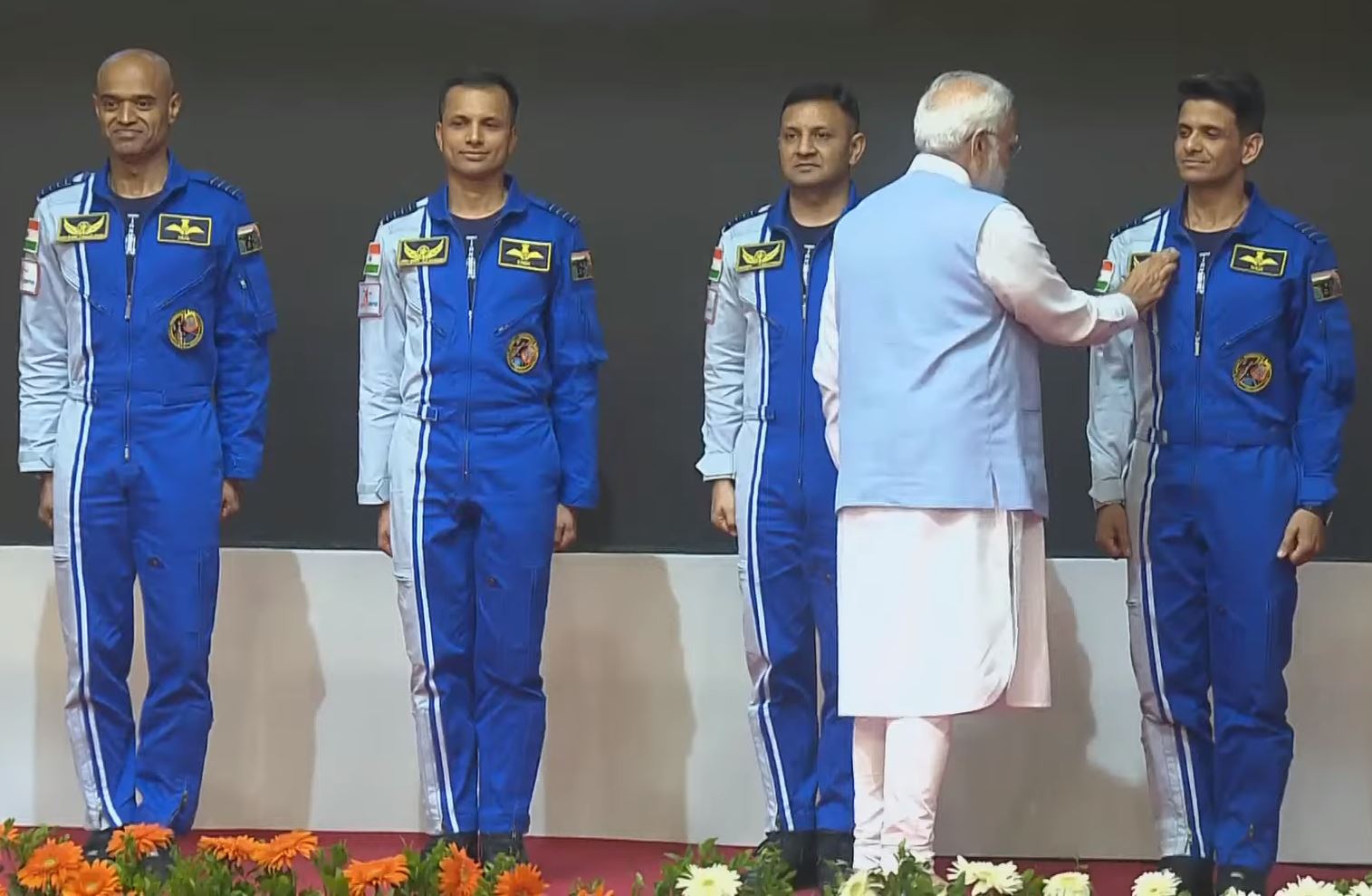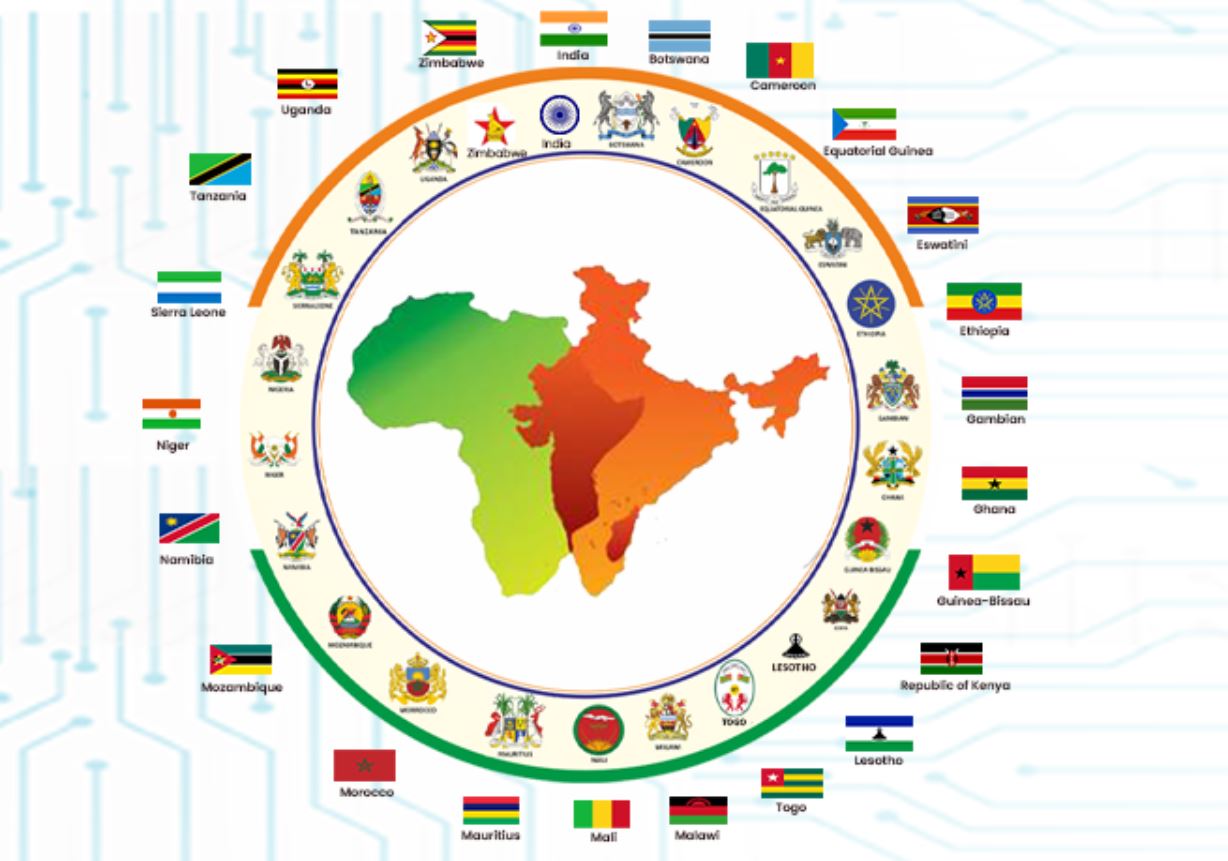Updated By: LatestGKGS Desk
Indian Bureaucracy History, Features, Influence

Indian Bureaucracy History, Features, Influence, Hindu Mythology, Ashoka period
The origin of traditional Indian bureaucracy can be traced to the days of the feudal kings of Hindu mythology. The kings and the feudal lords used to appoint a group of officials who were engaged in maintaining law and order and collection of revenues.
During the reign of Ashoka, the state activities were more organized and discharged through an army of civil servants who ran the administration of the empire.
The 'Rajukas' maintained peace and collected revenue under the provincial governors. This system of administration was adopted by the Gupta emperors also.
In ancient India, welfare activities undertaken by the state, except in the case of a few benevolent rulers like Ashoka,
were nominal. The administration was controlled by the elites.
This led to recruitment in administration on the basis of caste, heredity etc. The structure of administration was
generally loose and not entrenched and institutionalized.
The Indian bureaucracy is much celebrated and, at the same time, much reviled. It has been called the 'steel frame' and is also called 'babudom'.
Bureaucratic reforms make fundamental and structural changes by holding bureaucrats accountable, India will continue to struggle as political initiatives take painfully long to translate into action.


